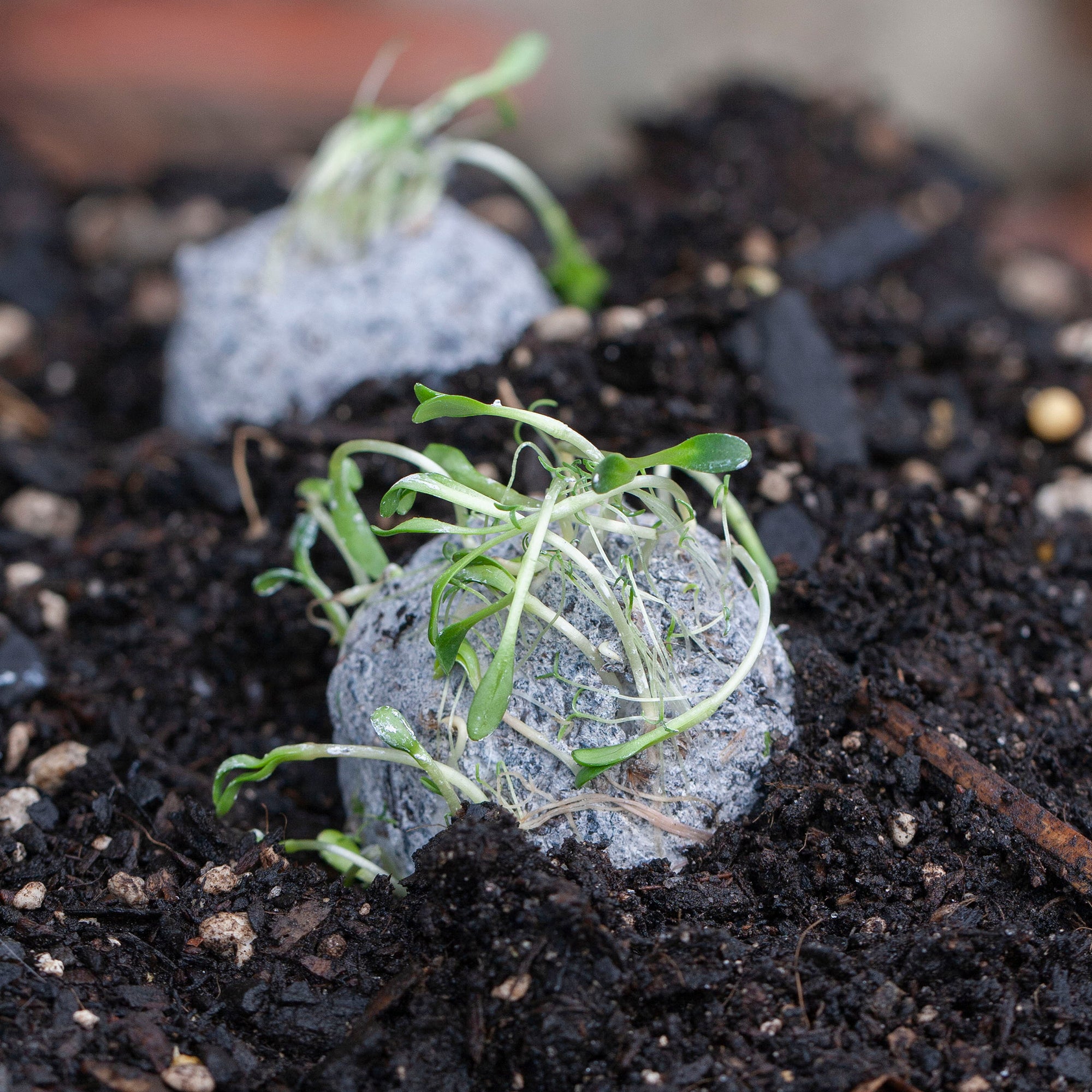
Plastic? One lump or tea?
Earl Grey, black, green, herbal, fruit, flower: is there anything that feels more wholesome than a cup of tea?
On the surface, they look like winners on the eco scale, but you might have heard that tea bags - yes, even the ones that are made from paper - are hiding a dark secret. Plastic. It really is everywhere.
Below, we’re laying down some information that we hope you’ll find eye-opening and useful but fret not! You’ll also find our simple, go-to alternatives - no need to give up tea!
Plastic tea bags - no thanks
Somewhere along the way, companies decided that a really fancy cup of tea needed to be made using plastic. You know the ones, silky packaging in a pyramid shape. Not only are these bags not all that permeable (hello, depressingly weak tea) they’re also terrible for you and the environment.
Scientists at McGill University in Montreal found that “steeping a single plastic tea bag at brewing temperature (203 °F) releases approximately 11.6 billion microplastics and 3.1 billion nano plastics into a single cup...” Drink up, everyone! And we know that was coming from the bag, not the tea - they emptied the bags first. These are just ordinary brands - ones you’d find in the supermarket. So yeah, yuck, but is it actually an issue for your health? Studies on this are still few and far between but one thing we’re sure of, although we’re told it’s probably okay, it’s a great idea to just take the tea hold the bag, thanks.
"Materials used to create tea bags, including nylon and PET, have been assessed by the FDA for their safe use under various conditions,” says Peter F. Goggi, president of industry trade group Tea Association of the U.S.A.

However, the decomposition rates of these bags are worrying - that tea bags aren’t breaking down any time soon - more plastic that’s going to stick around for hundreds (probably thousands) of years. Any microplastics that make their way into the ocean (I know I’m guilty of chucking out many, many cups of cold tea I find all around the house!) are a problem too. Microplastics have been found in fish, shellfish, table salt, and drinking water. Don’t be fooled by ‘vegetable-based’ plastics either. They’re still plastic, with all the issues that come with that.
But what about the papery tea bags?
Sorry, those are an issue too. These kinds of tea bags are mostly compostable, but nearly all of them are heat-sealed with a blob of plastic. A thin film of polypropylene is applied to seal the two sides together. It’s small, but it’s there - and that means plastic in your tea, and plastic in your compost, spreading its toxicity all around. Don’t get me wrong, they’re miles better than the plastic counterparts, but they’re not as plastic-free as they seem.

Get loose with tea
The greatest thing about all this is that you don’t have to give up tea - hurrah! The easy option is to track down some loose leaf and get yourself a strainer or tea ball. You’ll be blown away by the taste (tea bags are often stuffed with lower quality and powdered tea) and enjoy that hot brew without all the plastic.
For all you tea connoisseurs, brewing the perfect cup is all about getting the timing and temperature right. The pack will probably give you some tips, but generally, you should brew white and green teas at a lower temperature - around 158F - and black tea at just under boiling, 185F. The flavour is released at lower temperatures, but you won’t get the bitter-tasting tannins that come with higher temperatures. Brewing times are about taste - white tea should be left for 1-3 minutes, black for under a minute if you’re drinking it without milk. Leave it for about 3 minutes if you want a richer flavour to enjoy with milk.
Dispense with plastic in your tea
Another loose-leaf tea brewing option is to place the tea into the teapot loose and use a small strainer for each cup to filter out the tea leaves!
Sadly, most tea bags leach microplastics and nano plastics into your body and the food chain whether it be in the bag or the sealant used. The good news is that opting for loose leaf tea is a simple, daily (and delicious!) switch you can make to reduce the number of microplastics entering your body and our waterways - win-win! A lot of tea companies around the world are now also looking to switch out their bags for certified compostable and without the plastic sealant. Unsure about your fav tea company? Email them and if they don’t, encourage them to do so 😊
Sources:
Hernandez, L. M., Xu, E. G., Larsson, H. C., Tahara, R., Maisuria, V. B., & Tufenkji, N. (2019). Plastic teabags release billions of microparticles and nanoparticles into tea. Environmental science & technology, 53(21), 12300-12310. (Web edition can be found here.)




